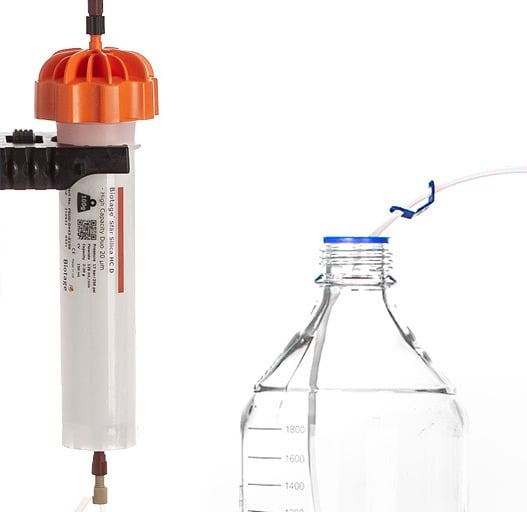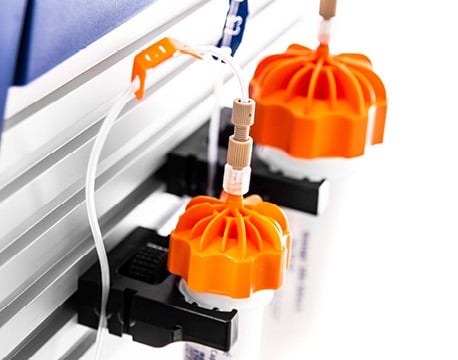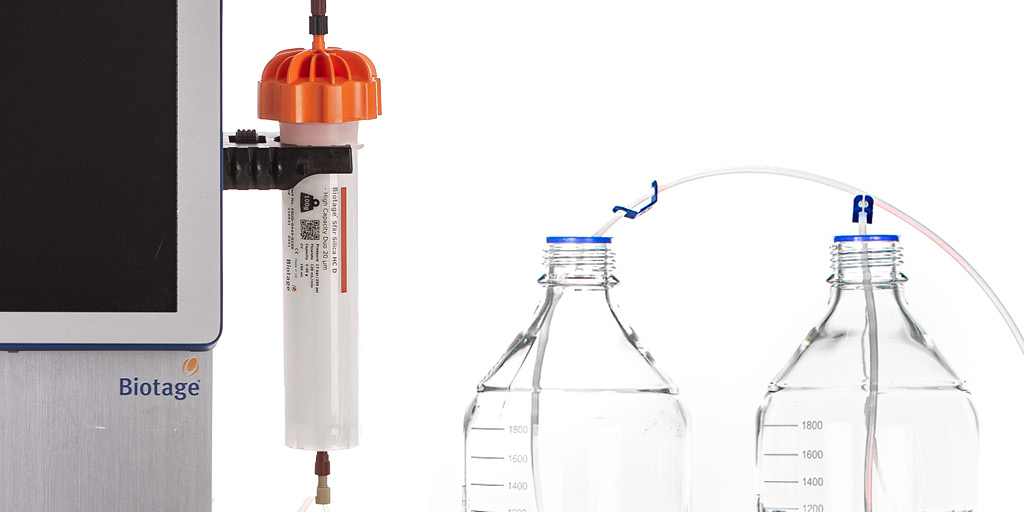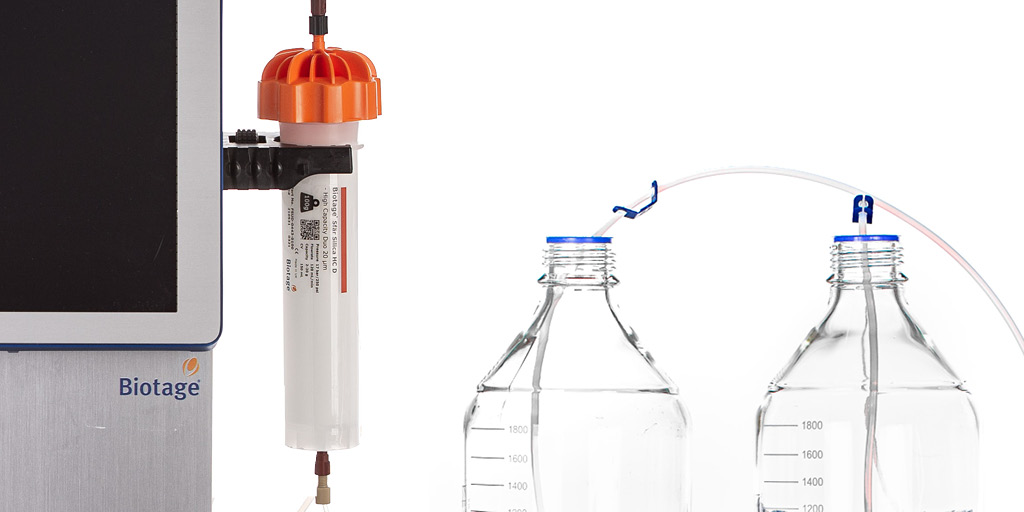
How does the make-up solvent impact Evaporative Light-scattering detection?
Small Molecules and Synthetic Therapeutics
This post describes how ELSD make-up solvent choice can impact detected peak sensitivity.

Small Molecules and Synthetic Therapeutics
This post describes how ELSD make-up solvent choice can impact detected peak sensitivity.

Small Molecules and Synthetic Therapeutics
This post highlights the benefits achievable when using both UV and ELS detection.

Small Molecules and Synthetic Therapeutics
This post shows an example of a reaction mix purification requiring ELS detection.

Small Molecules and Synthetic Therapeutics
This post highlights the benefits provided by various dry load media.

Small Molecules and Synthetic Therapeutics
This is a troubleshooting post discussing the causes and remedies for wavy chromatographic traces.

Small Molecules and Synthetic Therapeutics
This post describes how organic solvent choice impacts reversed phase separations.

Small Molecules and Synthetic Therapeutics
This post discusses two situations when the addition of a third solvent in a purification method addresses the issue.

Small Molecules and Synthetic Therapeutics
This post highlights the time and solvent savings attainable with shorter linear gradients when maintaining gradient slope.

Small Molecules and Synthetic Therapeutics
This post highlights the time savings achievable using a step gradient in reversed phase flash chromatography.

Small Molecules and Synthetic Therapeutics
This post discusses how Biotage(R) Sfar C18 can be used to remove color from a reaction product.